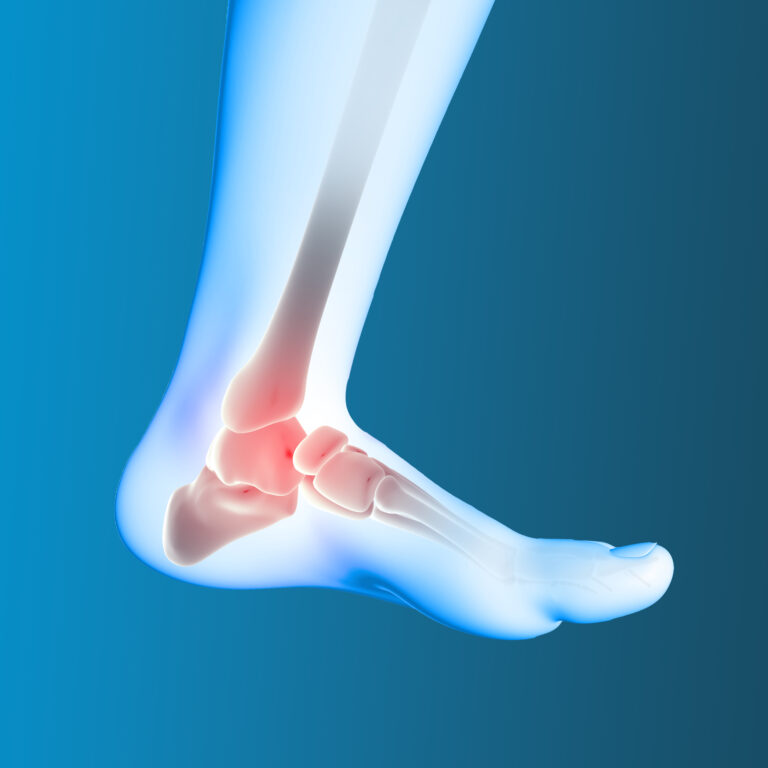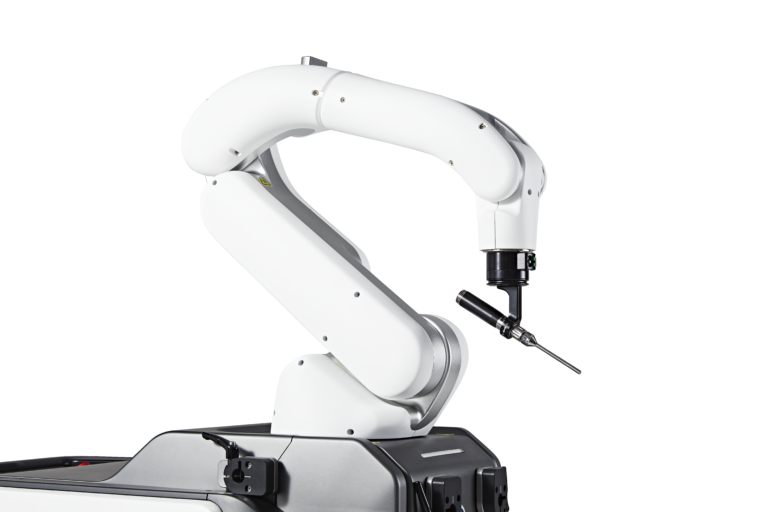In today’s digital age, many of us spend a significant portion of our day seated at desks, glued to computer screens. While this sedentary lifestyle may seem harmless, it can have detrimental effects on our bone health and posture over time. Let’s explore how prolonged sitting in the office can negatively impact our skeletal system and contribute to poor posture.
- Bone Density and Strength: Weight-bearing activities, such as standing and walking, stimulate bone growth and help maintain bone density. However, prolonged sitting reduces the mechanical stress placed on the bones, leading to decreased bone turnover and potential loss of bone density. Over time, this can increase the risk of osteoporosis and fractures, particularly in weight-bearing bones like the spine, hips, and pelvis.
- Muscle Weakness and Imbalance: Sitting for extended periods also affects muscle strength and flexibility. The muscles that support the spine, pelvis, and hips become weak and tight from lack of use, leading to imbalances and postural distortions. Tight hip flexors, weakened glutes, and tight hamstrings are common issues associated with prolonged sitting, contributing to poor posture and increasing the risk of musculoskeletal pain and injury.
- Spinal Health and Alignment: Maintaining proper spinal alignment is crucial for overall posture and musculoskeletal health. Prolonged sitting, especially with poor ergonomics and posture, places excessive pressure on the spinal discs and ligaments, leading to strain and discomfort. Over time, this can contribute to spinal misalignment, herniated discs, and chronic back pain. Slouching or hunching forward while seated further exacerbates these issues, placing additional stress on the spine and surrounding muscles.
- Joint Stiffness and Reduced Mobility: Sitting in a fixed position for prolonged periods can lead to joint stiffness and reduced mobility, particularly in the hips, knees, and ankles. Without regular movement and stretching, the joints become tight and less flexible, making it difficult to perform daily activities and increasing the risk of injury. Stiff joints also contribute to poor posture, as limited mobility affects the body’s ability to maintain proper alignment and balance.
- Solutions and Prevention: To mitigate the negative effects of prolonged sitting on bone health and posture, it’s essential to incorporate regular movement and ergonomic adjustments into the workday. Taking short breaks to stand, stretch, and walk can help stimulate blood flow, reduce muscle tension, and prevent stiffness. Additionally, investing in ergonomic office furniture, such as adjustable desks and chairs, can promote proper posture and support spinal alignment during prolonged periods of sitting
In conclusion, prolonged sitting in the office can have significant repercussions on bone health and posture, leading to decreased bone density, muscle weakness, spinal misalignment, and joint stiffness. By prioritizing regular movement, ergonomic adjustments, and postural awareness, individuals can mitigate these risks and maintain optimal musculoskeletal health in the workplace. Remember, small changes in daily habits can make a big difference in preserving bone health and promoting good posture for years to come.
Disclaimer: The information provided in this blog post is for general informational purposes only and should not be considered professional advice. Before making any health-related decisions, consult with a qualified healthcare professional. The content is not a substitute for medical advice, and individual results may vary. The author and website are not responsible for any consequences arising from the use of the information provided. Use your best judgment and seek professional advice when needed.




